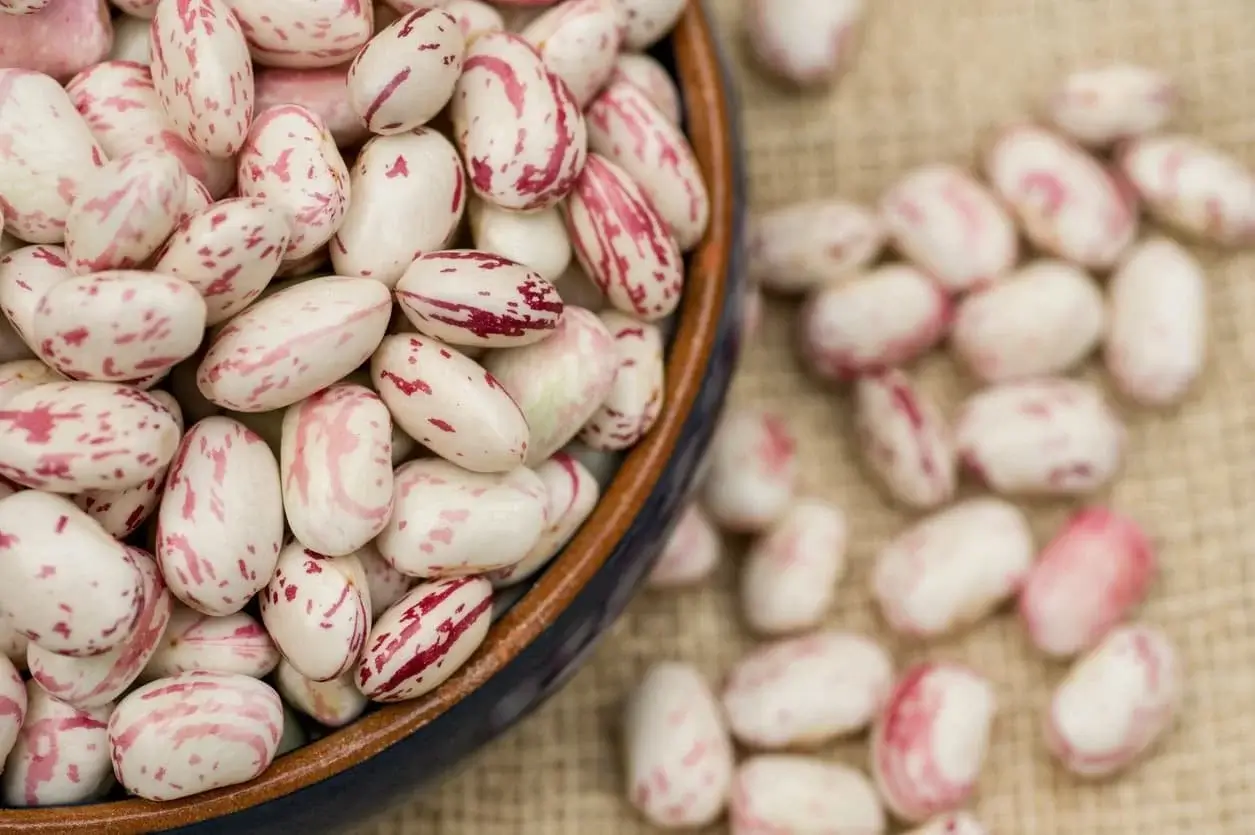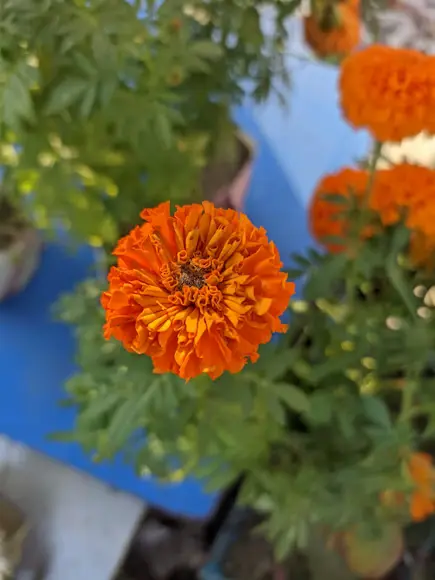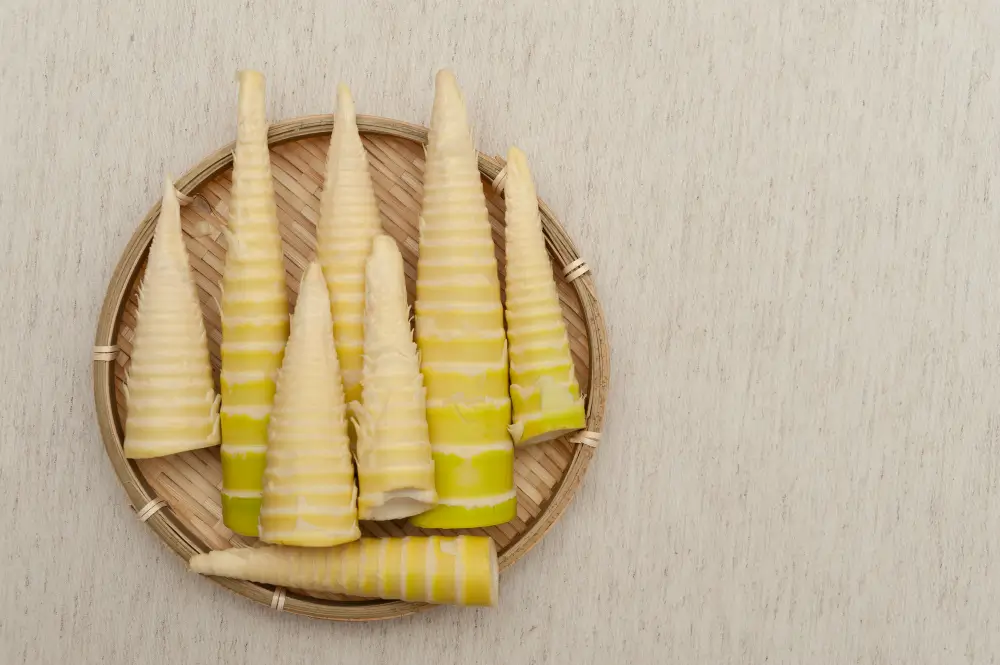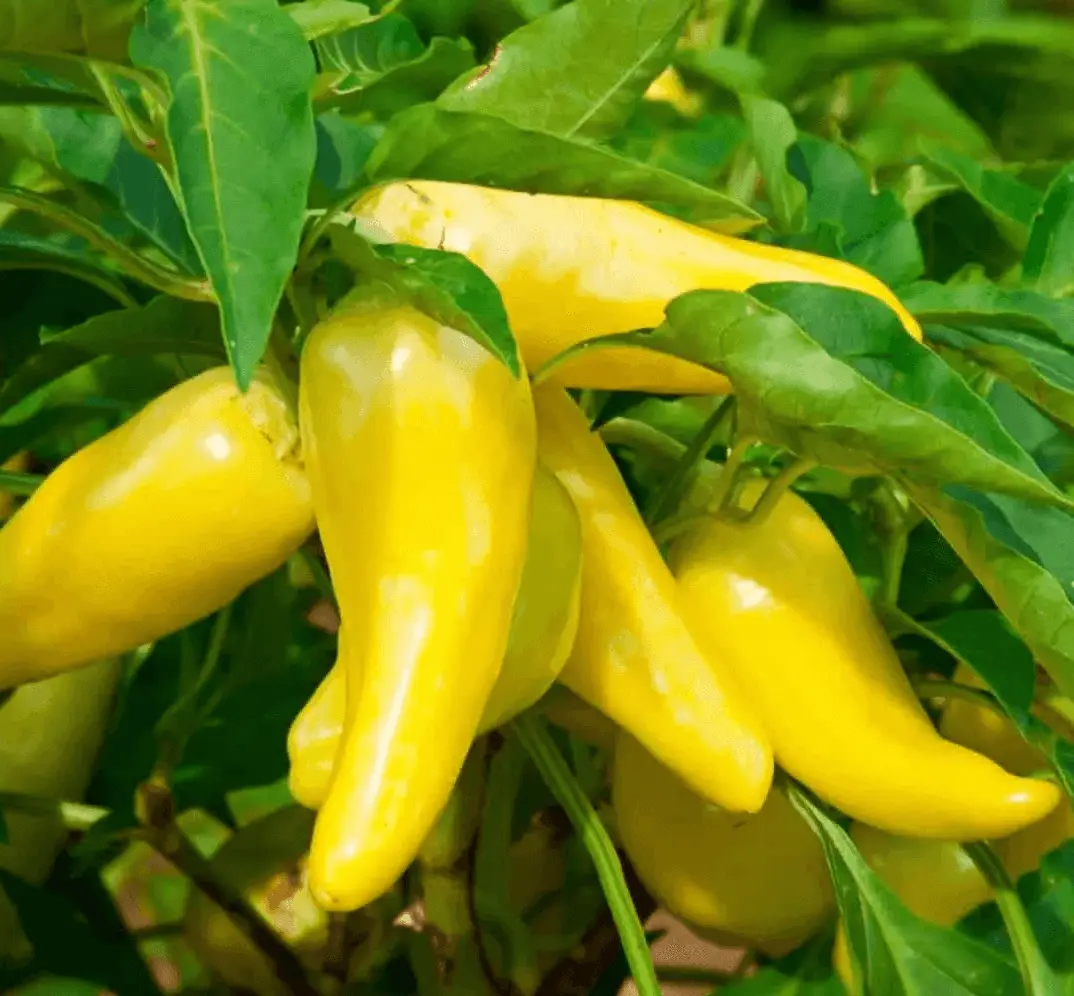
Soil Health & Fertilization
We unite suppliers and green industry professionals worldwide
Bean Cranberry Red has been grown for generations. It is common in Italian, Portuguese and South American cuisine. This bean is cherished for, nutty flavor and creamy texture.
By Victor Miller
|Published on September 19, 2025


Bean Cranberry Red is a colorful and tasty type of bean that brings beauty to the garden and flavor to the table. The cream-colored seeds of this plant are easily recognizable because they have bright red spots on them. They provide a silky texture and their earthy, umami flavor is sought after for many styles of cooking. It can be eaten fresh in salads or cooked, and it can even be dried for long-term storage. It suits well in varied climates and types of soil, so it is a preferred choice among first-timers as well as professional gardeners.
| Scientific name | Phaseolus vulgaris |
| Common name | Bean Cranberry Red |
| Family | Fabaceae (legume family) |
| Type | Annual crop |
| Height | 12–24 inches |
| Pods | Cream or yellow with red streaks |
| Seeds | Oval, cream with red spots |

September 25, 2025
9 minute read
September 24, 2025
9 minute read
September 23, 2025
10 minute read
September 22, 2025
9 minute read


Join as a seller and connect with thousands of B2B buyers nationwide!
Sign Up

African Marigold
The African Marigold is a strong flower that is prevalent in many warm places around the globe. It is known for its big yellow, orange, or gold flowers, which are useful for gardens, borders, and cut flowers.

Bamboo
Bamboo is grown in various regions of the world and is a sustainable alternative to wood. One of the fastest-growing plants on Earth, some species of bamboo can grow up to 39.37 inches per day. People like it because it is incredibly strong, flexible, and

Bamboo shoots
Young edible stems of the bamboo plant, known as bamboo shoots, are famous in many cultures due to their culinary value and also ecological benefits. They have become not only an essential part of Asian food, but they are a vital source of construction, c

Banana Pepper
Banana pepper is a popular pepper among chilli growers and vegetable gardeners and is widely consumed. People adore them for their mild, tangy flavor that adds some zing to a dish without bringing the heat.
Bean Cranberry Red has been grown for generations. It is common in Italian, Portuguese and South American cuisine. This bean is cherished for, nutty flavor and creamy texture.
Families typically keep seeds from their most robust plants to plant the following year. This maintains the large number of bean types healthy.
This bean is common in many cultures and served on celebratory occasions. Many times it is a specific part of harvest festivals.This bean’s bright cherry-red color makes it a symbol of abundance in many cultures.This bean’s bright cherry-red color makes it a symbol of abundance in many cultures. Farmers in rural areas produce it for family use as well as local markets.
The Cranberry Red differs from the plain-colored beans by the dramatic speckles. They have a deeper flavor and are slightly sweeter than your typical white beans. It is also one of the quickest cooking of all the dry beans.
This bean can be used in many ways. You can eat it fresh from the pod. You can dry it for later use. It can be ground into flour. It also helps improve the soil in the garden.
Adds nitrogen to the soiд
Cranberry Red beans like warm weather. They need a lot of sunlight to grow well. The soil should be light and drain easily. They do not like wet roots. A little care will give a good harvest.
Needs 6–8 hours of sun daily
This bean can fight off some diseases. But it can still be hurt by pests. Some insects eat the leaves and pods. Good care can stop many problems. Clean growing areas help plants stay healthy.
The seeds are easy to know by their color. They are plump and oval. Each one has a smooth coat with red spots. The pods are slightly curved. Inside each pod are several beans.
Good germination starts with warm soil. The seeds also need steady moisture. They grow under the soil, so light is not needed. Seeds sprout quickly in the right conditions. Keeping them moist helps them grow strong.
These beans are best planted directly in the ground. Their roots are soft and they do not like moving. Plant them after the last frost. Give them enough space to grow. Water gently after sowing.
Water gently after planting
Good planting helps the beans grow well. Plant them with friendly crops. Avoid planting near plants that slow their growth. Use compost for healthy soil.
Stopping problems early is best. Keep the garden clean and dry. Do not work with plants when they are wet. This keeps away many diseases. Mulch can help keep plants clean.
You can pick beans when they are fresh or dry. Fresh beans are ready when pods are full. Dry beans are ready when pods turn yellow or brown. Dry them well before storing.
Good storage keeps beans safe for months. Keep them in a cool, dry place. Use sealed containers to keep pests out. You can also freeze dry beans to kill insects. Fresh beans should be kept in the fridge.
Cranberry Red Bean is a unique, value-added plant that can be used for both its aesthetic beauty and taste. The simplest answer is that, for many gardeners, it is easy to grow and there are a variety of ways to enjoy it. Use fresh beans in salads and side dishes, or store dried or tinned beans to use later in stews and casseroles. The plant serves to add more color in the garden and can additionally improve soil health. A rewarding plant for both the gardener and the farmer alike, it encompasses tradition, flavor & practicality.
Yes. To plant, use an oversized container with drainage holes in full sun.
Yes. It is two names of the same variety.
Soaking beans before cooking helps reduce cooking time and makes them easier to digest. Soak them in water for 6–8 hours or overnight, then rinse before cooking. You can cook some beans without soaking, but it takes longer. Quick-soak methods also work if you’re short on time.

Soil Health & Fertilization
Victor Miller

Pest Identification & Prevention
Victor Miller

Lawn Care Tips & Maintenance
Victor Miller

Soil Health & Fertilization
Victor Miller

Smart Irrigation Systems
Victor Miller

Patios, Walkways & Driveways
Victor Miller

Soil Health & Fertilization
Victor Miller

Pest Identification & Prevention
Victor Miller
My Account
Our team is always here to help.
We are open Monday - Friday, 9:00 AM to 4:30 PM PST.